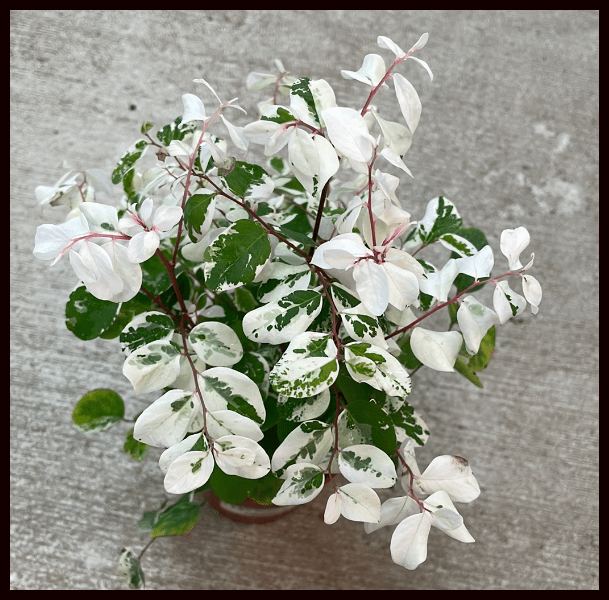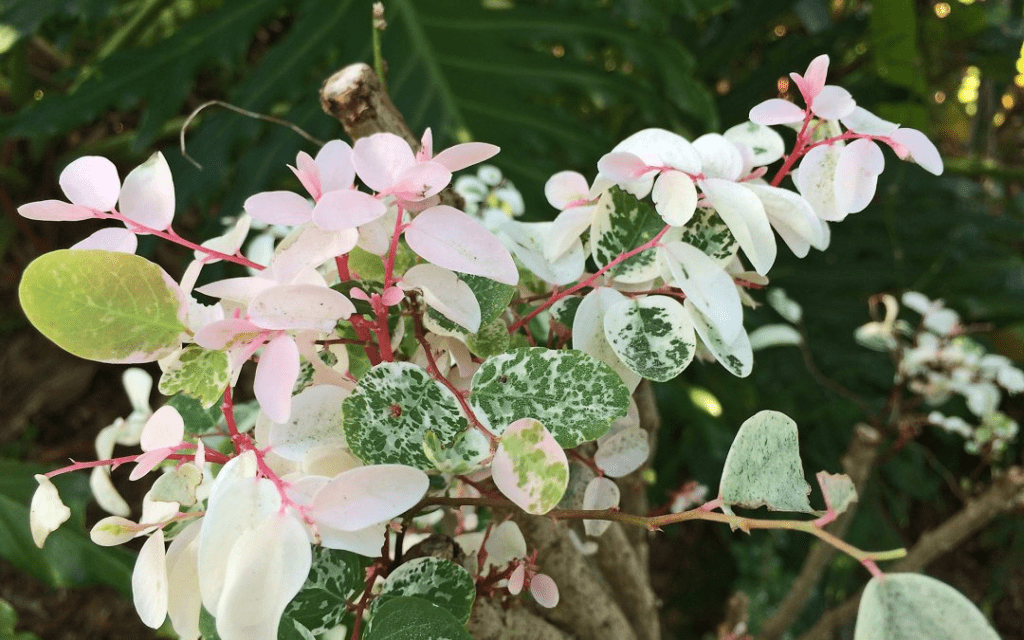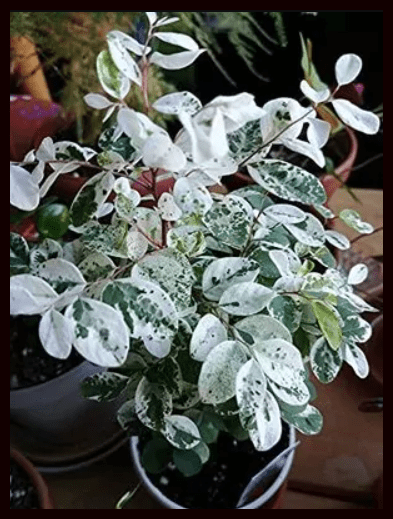Welcome to our guide on the Breynia Snowbush, a stunning and adaptable plant that graces both indoor spaces and tropical gardens. Explore the unique characteristics of the Snowbush, learn how to cultivate and care for it as a houseplant, and discover its potential as a tropical shrub in outdoor settings.

Growing as a Houseplant
The Breynia Snowbush, scientifically known as Breynia disticha, is cherished for its distinctive variegated foliage. Here’s how it thrives as a houseplant:
1. Foliage Diversity:
The Snowbush boasts vibrant, multicolored leaves featuring shades of green, pink, white, and cream. Its colorful foliage adds a lively and decorative touch to indoor spaces.
2. Lighting Preferences:
Place your Breynia Snowbush in bright, indirect light. While it can tolerate lower light conditions, providing ample light enhances the vibrancy of its variegation.
3. Temperature and Humidity:
Maintain a warm and humid environment for optimal growth. Keep the temperature between 65°F to 75°F (18°C to 24°C) and ensure humidity levels are around 50% or higher.
4. Potting Mix:
Plant your Snowbush in a well-draining potting mix rich in organic matter. Regular repotting may be necessary as the plant grows.
Growing Outdoors in Zones 9 and Above
The Breynia Snowbush can thrive as a tropical shrub in outdoor settings, particularly in USDA hardiness zones 9 and above. Here’s how it flourishes outdoors:
1. Sunlight Requirements:
Plant the Snowbush in a location with partial to full sunlight. It can tolerate some shade, but bright light enhances its colorful foliage.
2. Soil Conditions:
Provide well-draining soil with a slightly acidic to neutral pH. Amending the soil with organic matter helps enhance fertility.
3. Watering:
Keep the soil consistently moist but not waterlogged. Adjust watering frequency based on weather conditions and the plant’s specific needs.
4. Pruning:
Prune the Snowbush regularly to maintain its shape and encourage bushier growth. Remove any dead or leggy stems to promote a healthy appearance.

Care Instructions
Ensuring the health and vibrancy of your Breynia Snowbush involves paying attention to several key care aspects:
1. Watering:
Keep the soil consistently moist for indoor plants. Outdoors, water deeply and regularly, especially during dry spells.
2. Fertilization:
Feed your Snowbush with a balanced liquid fertilizer every 4-6 weeks during the growing season (spring and summer). Reduce or cease fertilization in the fall and winter.
3. Pruning:
Regularly prune your Snowbush to maintain its shape and control its size. Remove any yellow or damaged leaves to encourage new growth.
4. Pest Control:
Keep an eye out for common pests such as spider mites and aphids. Treat any infestations promptly with insecticidal soap or neem oil.
Planting Directions
Follow these planting guidelines to ensure a successful establishment of your Breynia Snowbush:
1. Site Selection:
Choose a planting location with the appropriate light conditions—bright, indirect light for indoor plants and partial to full sunlight for outdoor shrubs.
2. Soil Preparation:
Use a well-draining potting mix for indoor plants and amend the soil with organic matter for outdoor shrubs. Ensure the soil is fertile and has good aeration.
3. Planting Process:
Dig a hole twice the width of the Snowbush’s root ball. Place the plant in the center of the hole, backfill with soil, and water thoroughly.
4. Mulching:
Apply a layer of organic mulch around the base of the outdoor Snowbush to retain moisture, suppress weeds, and regulate soil temperature.
By following these care instructions and planting guidelines, you can enjoy the beauty of the Breynia Snowbush both indoors and outdoors. Embrace the versatility of this plant and make it a charming addition to your living spaces and tropical gardens!

